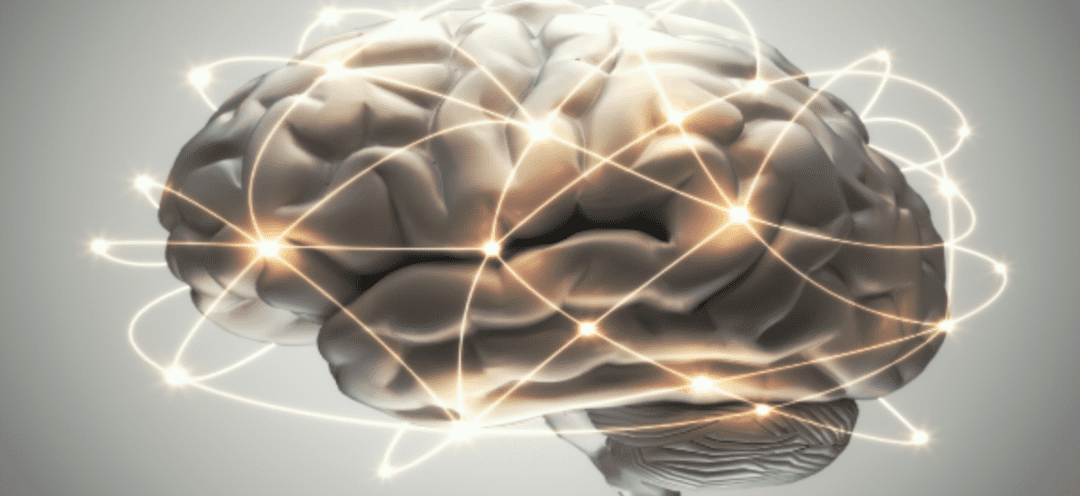In neurodegenerative conditions and cases of brain damage such as traumatic brain injury (TBI), the goal of treatment is usually to manage symptoms and prevent or slow the rate of further damage. Yet, ongoing research suggests stem cells could play an important role in creating new neurons, potentially resulting in repair of central nervous system damage and potentially regrow brain tissue. While the science is still in its infancy, there is evidence to suggest stem cell therapy could help to potentially restore lost brain function.
Just until a couple decades ago, scientists were under the impression that the brain and spinal cord could not rebuild themselves once cells were lost. Yet, in the mid-1990s, neuroscientists discovered that the brain could create new neurons in certain circumstances, which arise from neural stem cells. As undifferentiated cells, the stem cells could give rise to many different brain cell types, including neurons, which carry messages throughout the nervous system.
Further research has supported the idea that neurons can regenerate. For instance, in 2003, research was published which showed improvements in paralyzed rats who were exposed to a virus which caused symptoms similar to that of amyotrophic lateral sclerosis (ALS). Mice that had been previously paralyzed were able to regain some mobility after receiving stem cell injections, and the stem cells took on the characteristics of mature motor neurons.
Researchers have also been exploring stem cell therapies to help treat Parkinson’s disease. The goal is to rebuild the central nervous system through stem cell implantation. While levodopa is the go-to treatment to help regulate dopamine levels which are affected in PD, the drug’s efficacy tends to wear off over time, and its side effects increase. Some researchers have investigated the use of fetal stem cell tissue for PD patients, but lack of standardization and challenges in acquiring donor tissue have been barriers to ongoing research efforts.
With that said, stem cells from umbilical cord blood and adult adipose (fat) or bone marrow can also be coaxed to display many protein markers similar to those found in nervous system cells. It’s unclear whether these cells will ultimately be able to give rise to functioning neurons, but researchers continue to make progress.
Ultimately, there is much left to discover when it comes to the potential role of being able to regrow brain tissue and regenerative therapies such as stem cells in neurodegenerative conditions and brain injury. What we’ve already seen is promising, however. As experts continue to develop a deeper understanding of how stem cells and neurons can work together, patients with these challenging conditions will likely continue to benefit from evolving treatment options. If you would like to learn more then contact a care coordinator today!


 St. Petersburg, Florida
St. Petersburg, Florida
